The Future of Wellness in Properties
Amid the Covid-19 pandemic, health and wellness have never been more crucial. The pandemic forced most of us to work from home and removed many options for leisure and recreation. Furthermore, the stressors that we experience from work are now mixed with the responsibilities at home, whether it's being a parent, a partner or a working professional. Residents have a greater need to outsource household chores while maximizing time to recover or release stress.
Fortunately, innovative and ingenious means to look after the well-being of residents through building and amenity design is growing. This has led to the International Well Building Institute introducing a WELL Certification for buildings emphasizing the optimization of design, operations and behaviors for health and well-being of residents. Property developers can design buildings based on WELL principles that integrate the activities of residents, making daily chores more manageable and creating more opportunities for an active lifestyle.
So what are these strategies you can implement to enhance the wellness of your residents?
Set the right conditions behind the scenes
Air
Polluted air contributes to 50,000 premature deaths annually in the United States and an estimated one in eight premature deaths worldwide. Indoor air quality can be degraded by outdoor sources, as well as from building materials and indoor combustion. These contaminants contribute to asthma, allergies and respiratory illnesses. By ensuring adequate ventilation and installing filtration systems, your residents are less likely to be susceptible to harmful irritants.
Light
Matthew Walker’s book on Why We Sleep argues that one of the reasons why we don’t fall asleep easily is due to intense lighting that trick our brains into thinking that it is still daytime.
Automated environmental controls can help residents by progressively dimming the lights as the day grows late to attune their circadian rhythms accordingly. Likewise automatic blinds and lights that are enabled in the morning can help rouse residents as they wake, to start their days more productively.
Temperature
Additionally, regulating temperatures can play a part in wellbeing - be it cooler temperatures helping people fall asleep or concentrate better when working, or be it warmer temperatures to help gym-goers work up a sweat faster when working out. Automated temperature controls also help to reduce our carbon footprint by only turning on air-conditioning at the most needed times of the day.
Outsource chores to free up time and energy
For many of us, our chores have intensified with working from home arrangements. This is made more challenging as businesses and amenities have changed their operating hours.
Instead of residents needing to settle these chores on their own, developers can create technological solutions that resolve these chores. Imagine being able to book the gym, order groceries and have your laundry done at a time and date of your choice at your fingertips through phone apps. While this might seem like a practical and logistical design solution, it also contributes to wellbeing by providing greater peace of mind and freeing up people’s time to relax and rejuvenate.
URBN Playground’s Concierge App accomplishes the above. The app brings services such as housekeeping, fitness classes, amenity space bookings, dry cleaning and even pet setting into a single app. The latest features to the app include interior design and meal planning, which were introduced over the last year to meet recurring requests, testament to the versatility of the app to scale and add new features as residents’ needs grow.
Make it flexible and fun to exercise
We’ve always known that exercise is important for our health - the American College of Sports Medicine suggests that adults engage in at least 30 minutes of aerobic exercise five days a week, with strength training exercises at least two days a week.
Yet the prevalence of physical inactivity still accounts for 30% of heart disease, 27% of type 2 diabetes and an increased risk of having a stroke. Exercising has become more difficult with the onset of the pandemic, as juggling between family, professional and personal commitments leaves us little energy to find a gym that is open, keep track of our fitness routines and stay true to our fitness goals.
With restrictions on many gym facilities, flexibility for in-residence gyms and spaces have become the new norm. Instead of being equipped with the most sophisticated equipment, it has become more desirable for gym spaces to be easily converted for various purposes, from cardio to meditation to weight training. Exercise need not be confined to gym spaces either - open gardens, patios and walks are also popular for families with children or elderlies that just want to enjoy some fresh air.
For the more intense gym-goers, tailored virtual fitness programs can help residents meet their fitness goals anytime, anywhere - including while social distancing. URBN Playground’s URBN Burn delivers tailored research-backed fitness programs that emphasize empathy and flexibility in helping residents maintain their levels of fitness, whether it is through cardio, meditation, weight training or proper nutrition.
Summing things up
The pandemic has undoubtedly rocked our set ways and routines from the past, created new pressures and stressors from home and work, and limited our options for wellness. It has become more crucial to be creative and ingenious in incorporating building and amenity design that promotes residents’ wellness without needing further effort from their end.
Despite the challenges it has brought, the pandemic has also provided new opportunities to innovate for greater resident wellness, as exemplified by the scenarios above, and we anticipate more exciting solutions in the pipeline.
